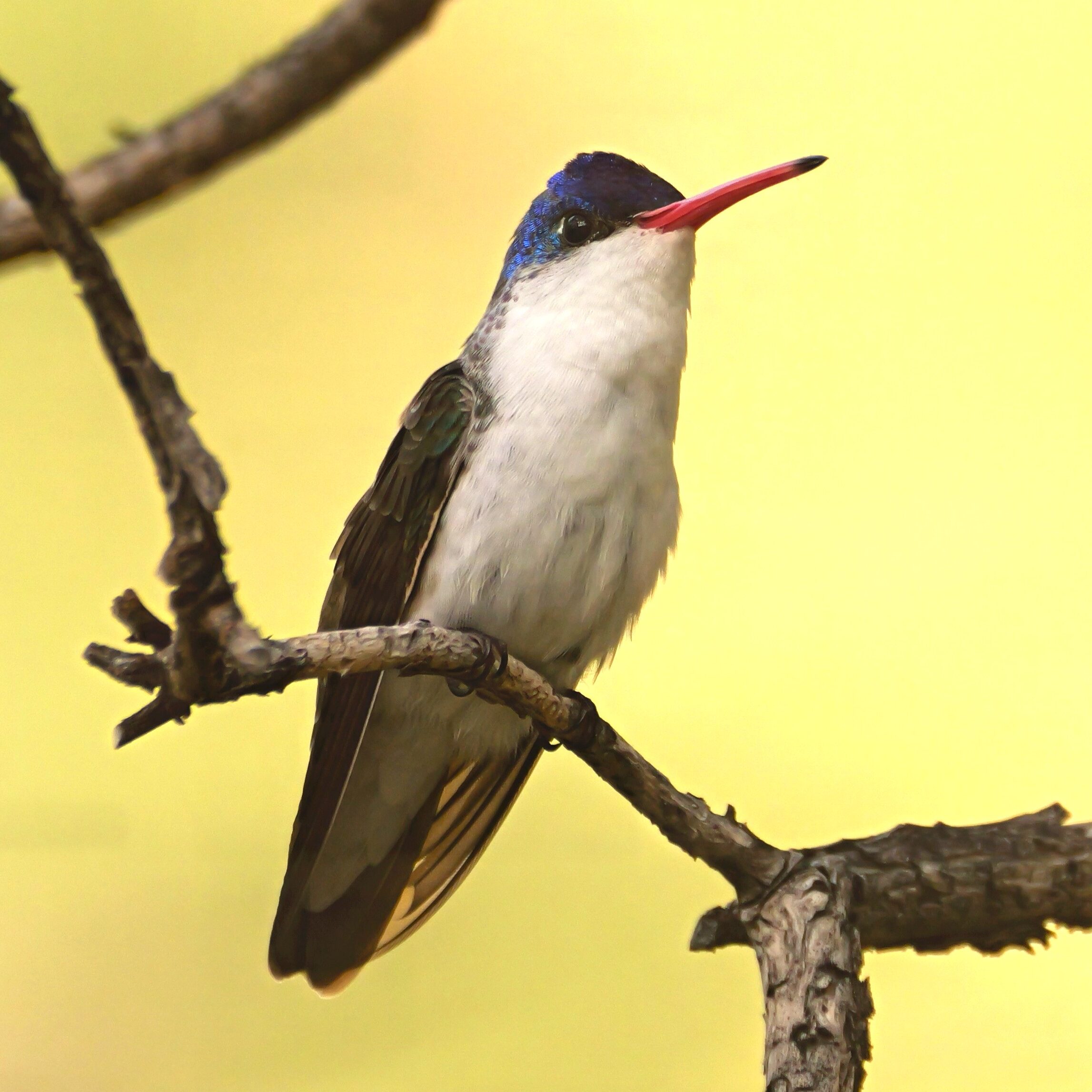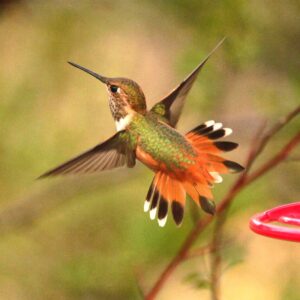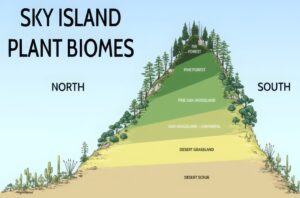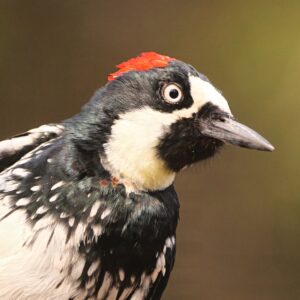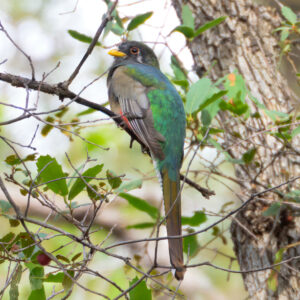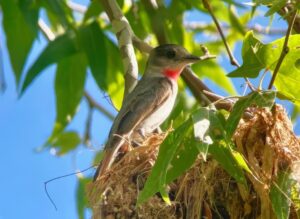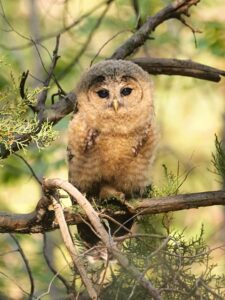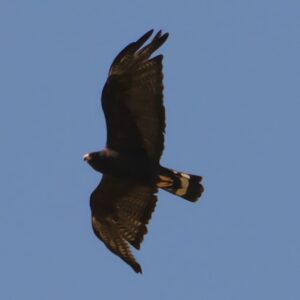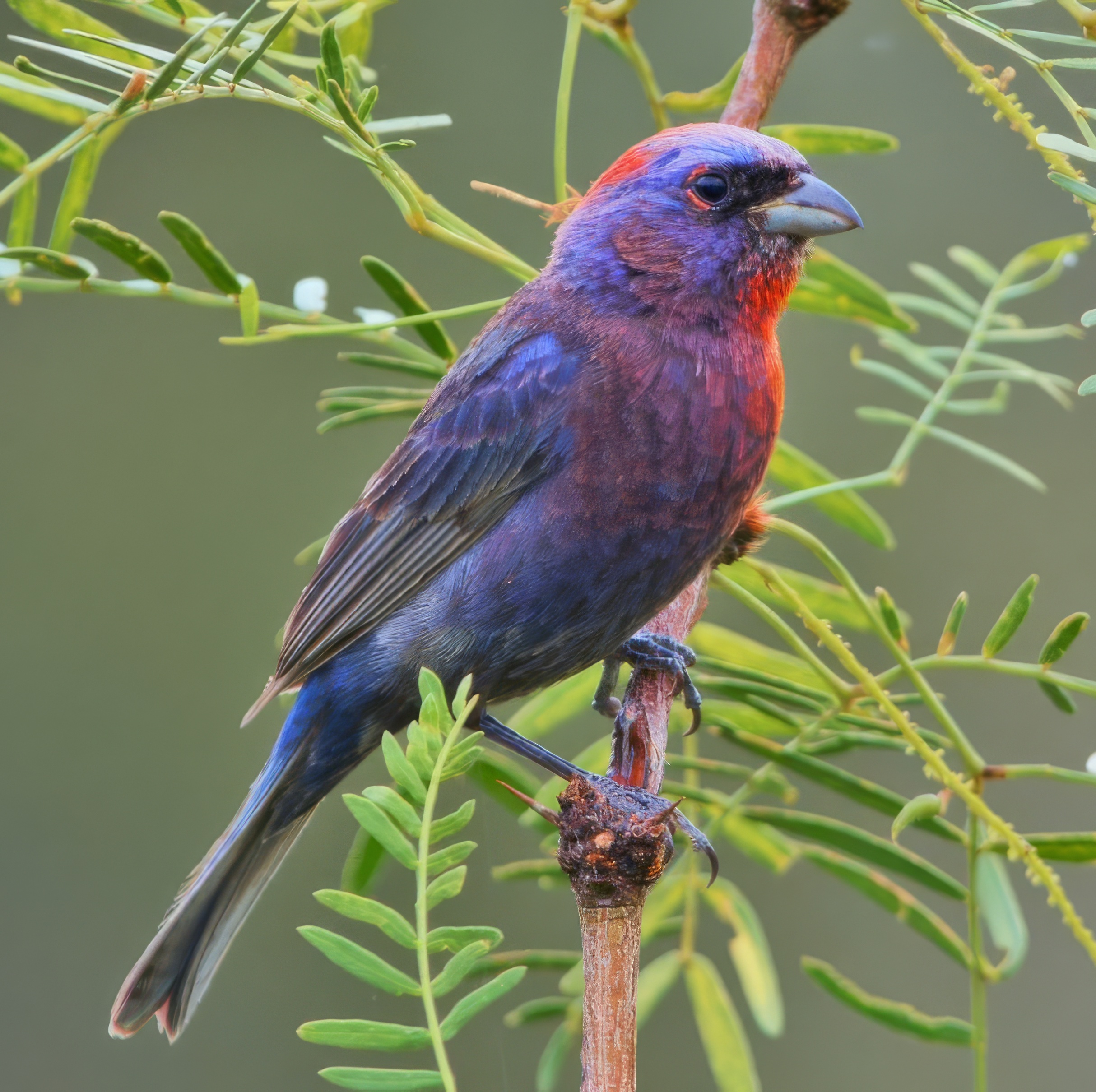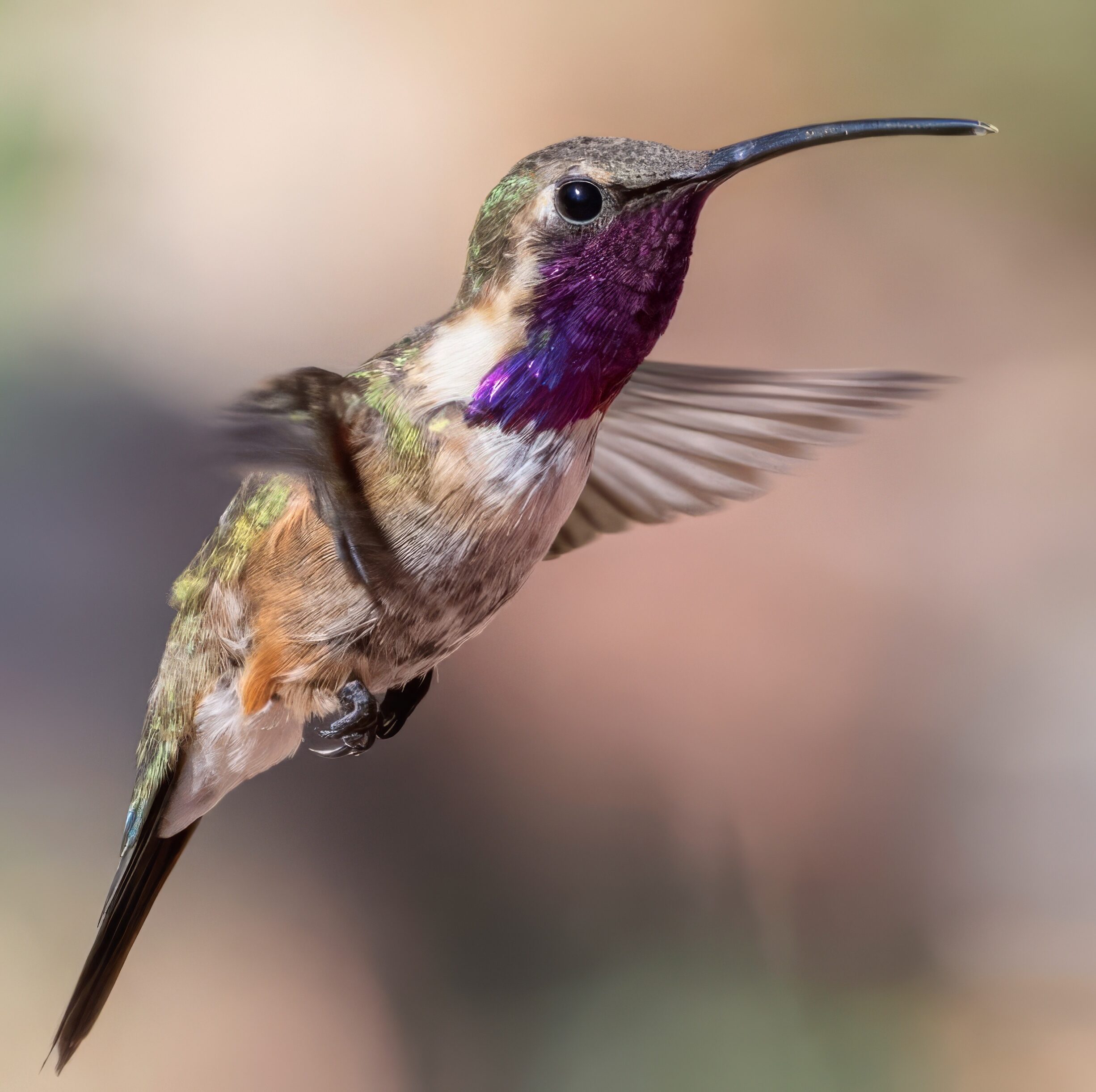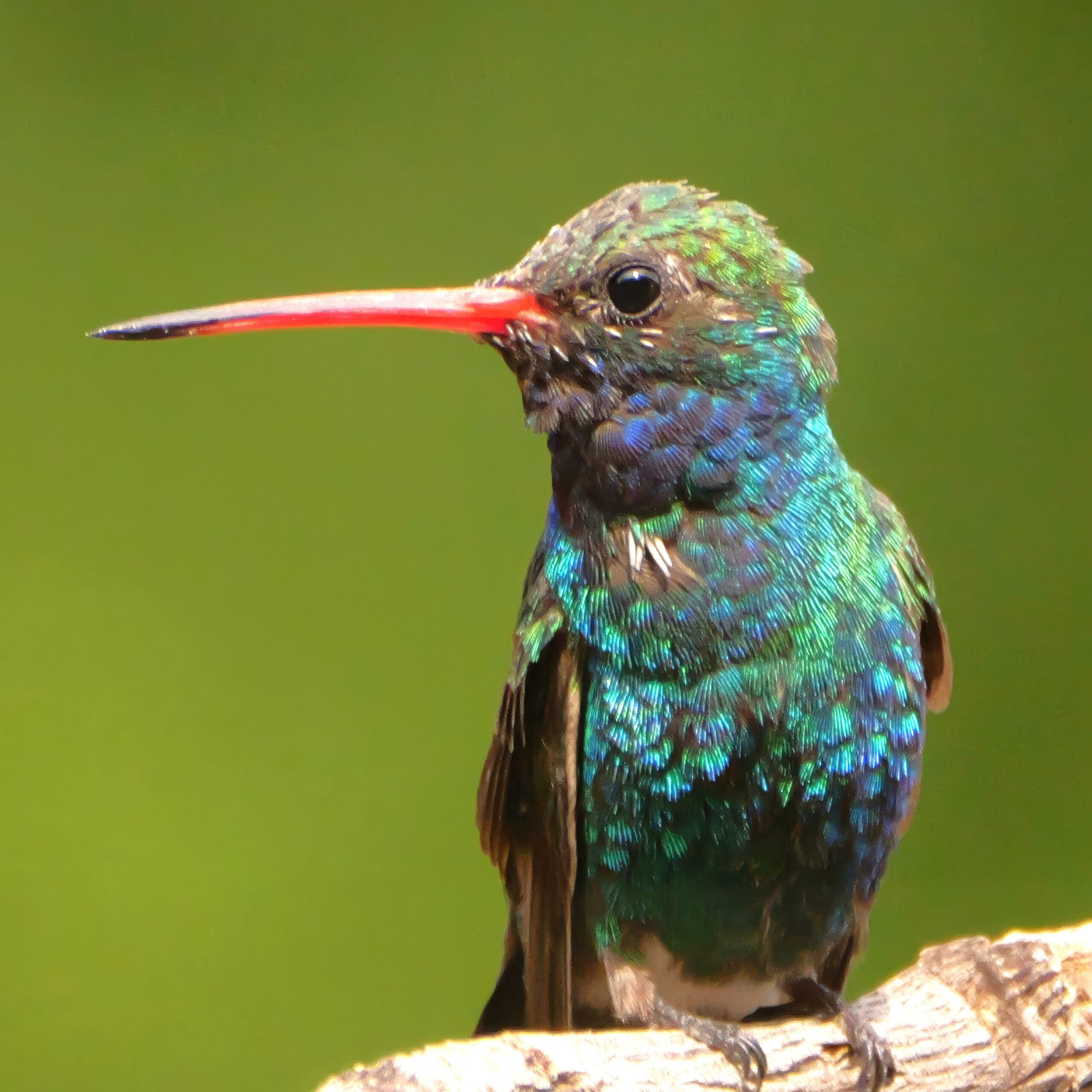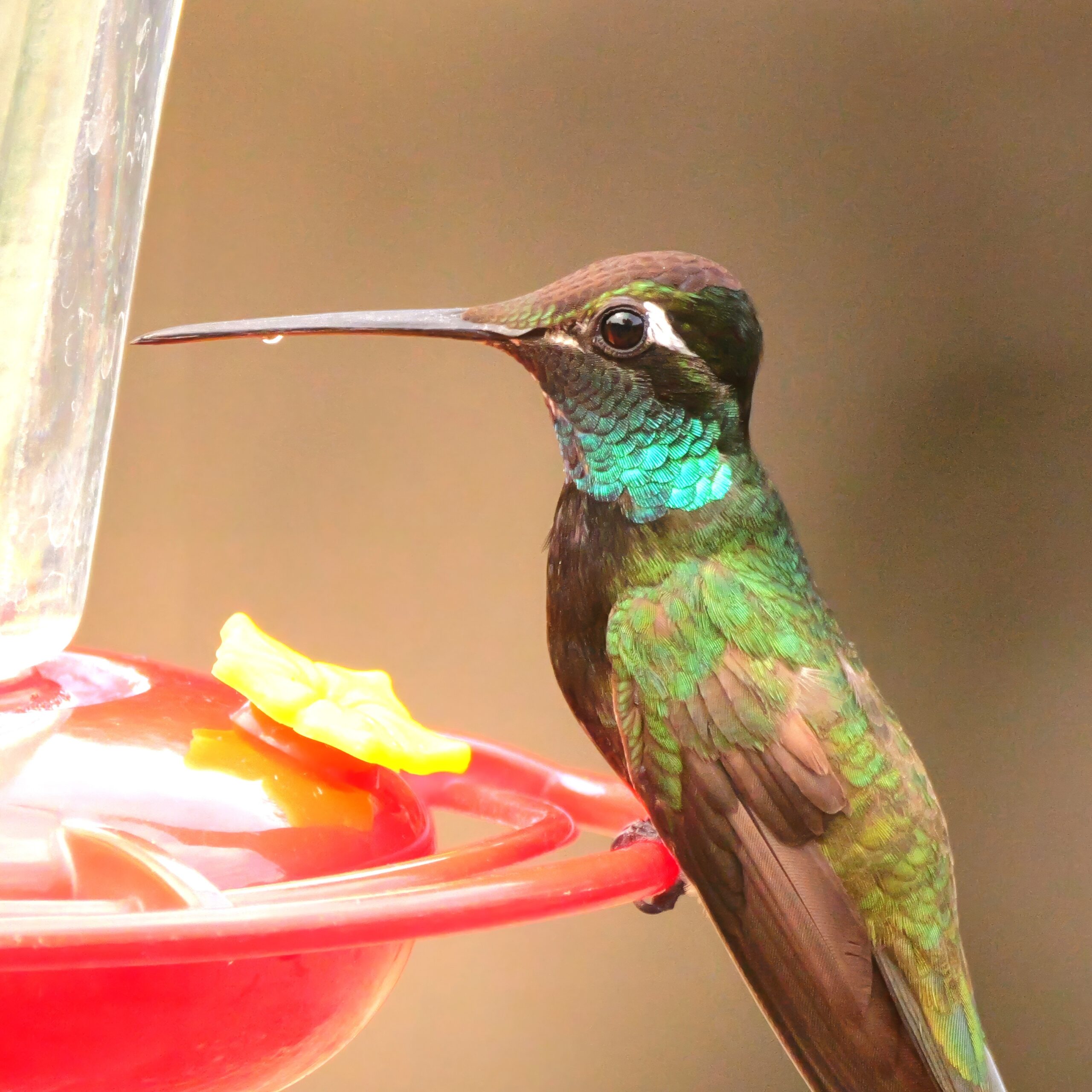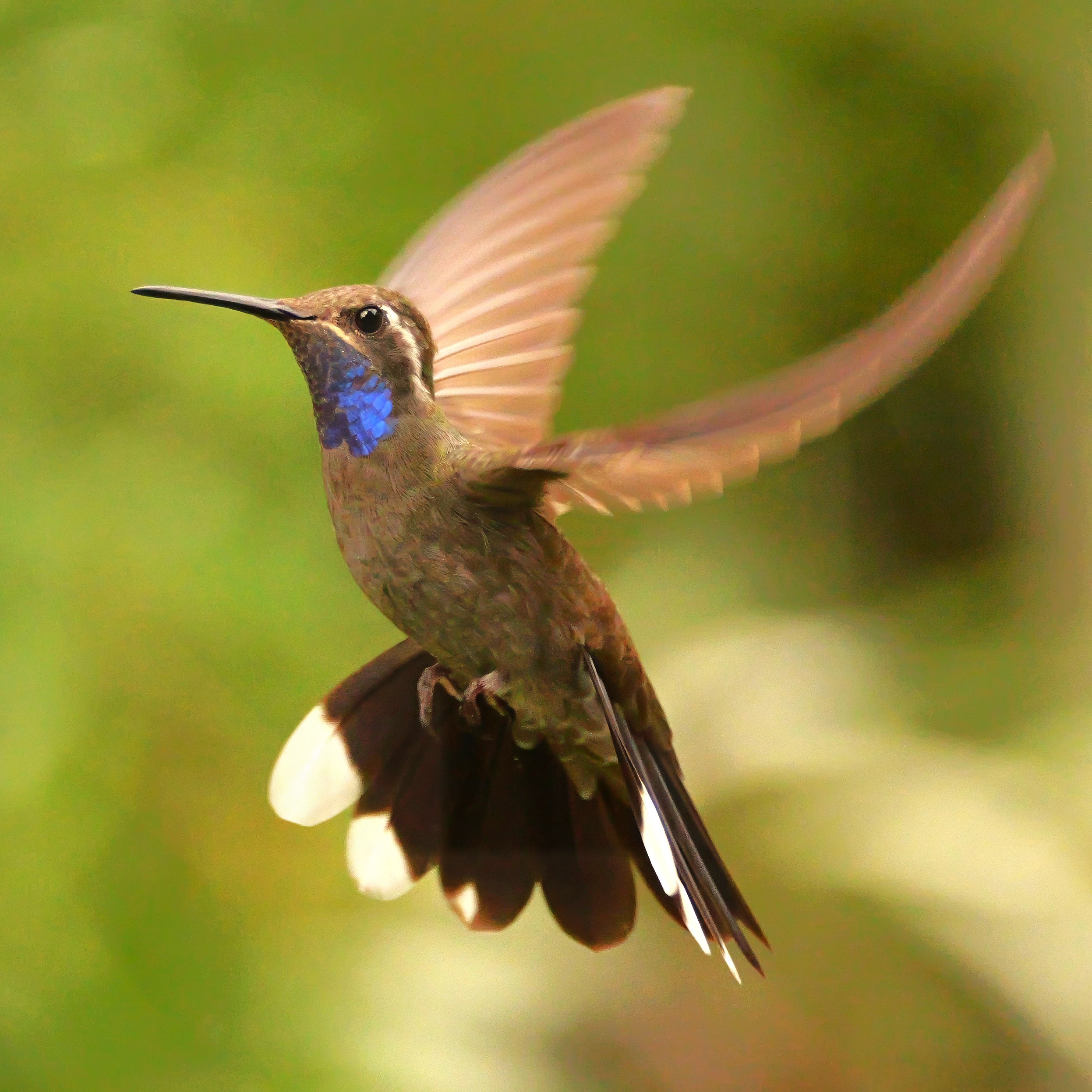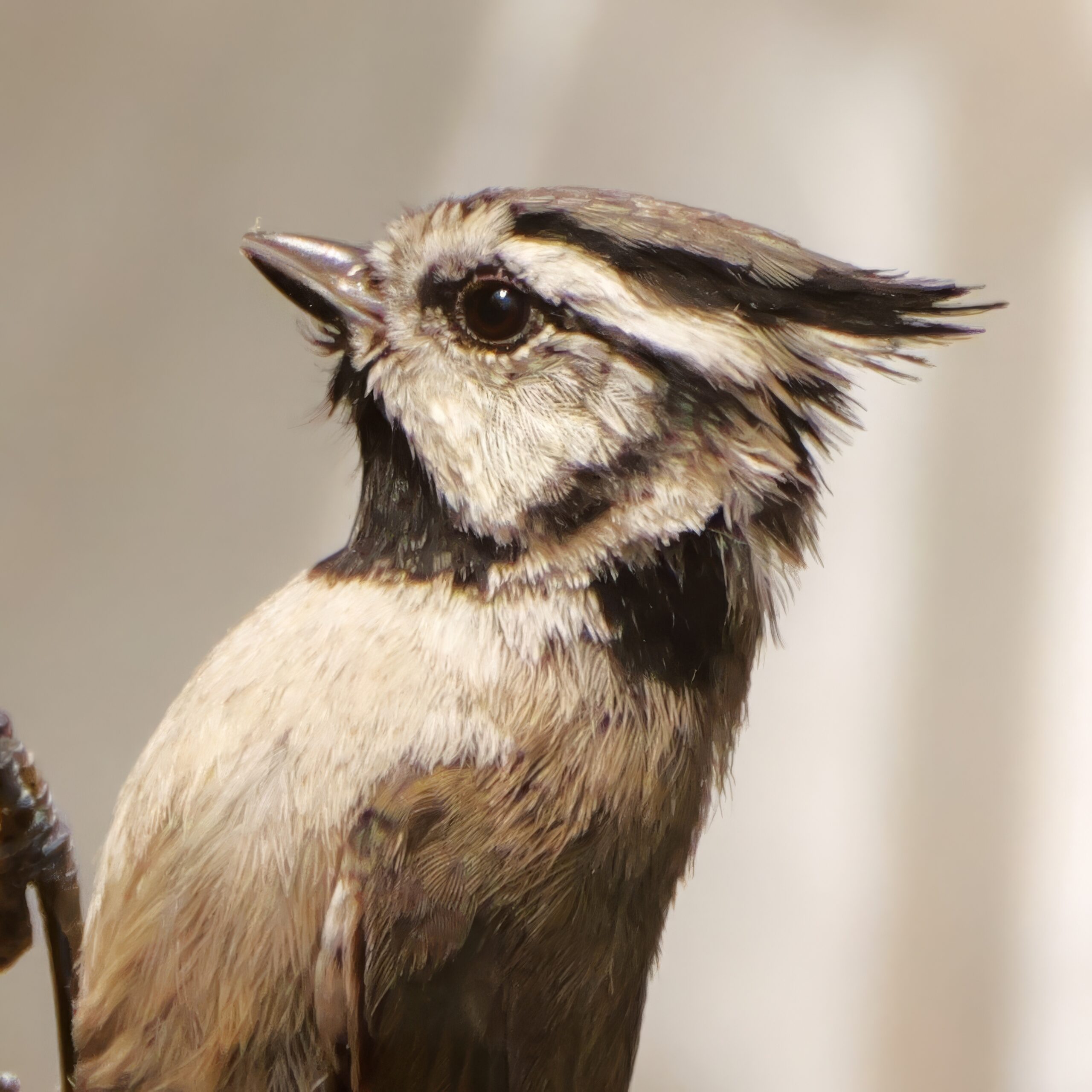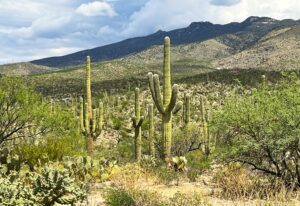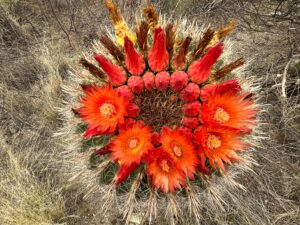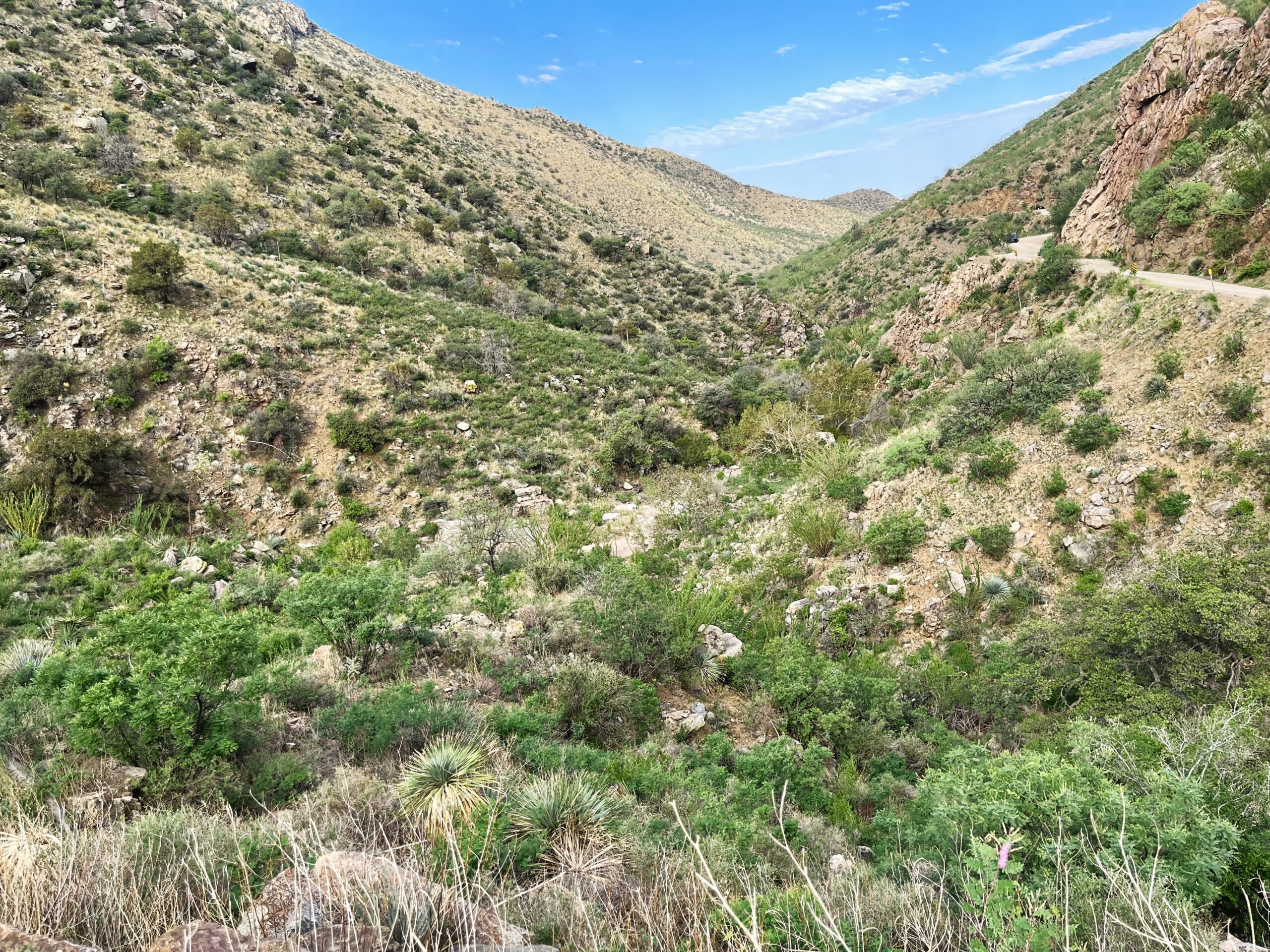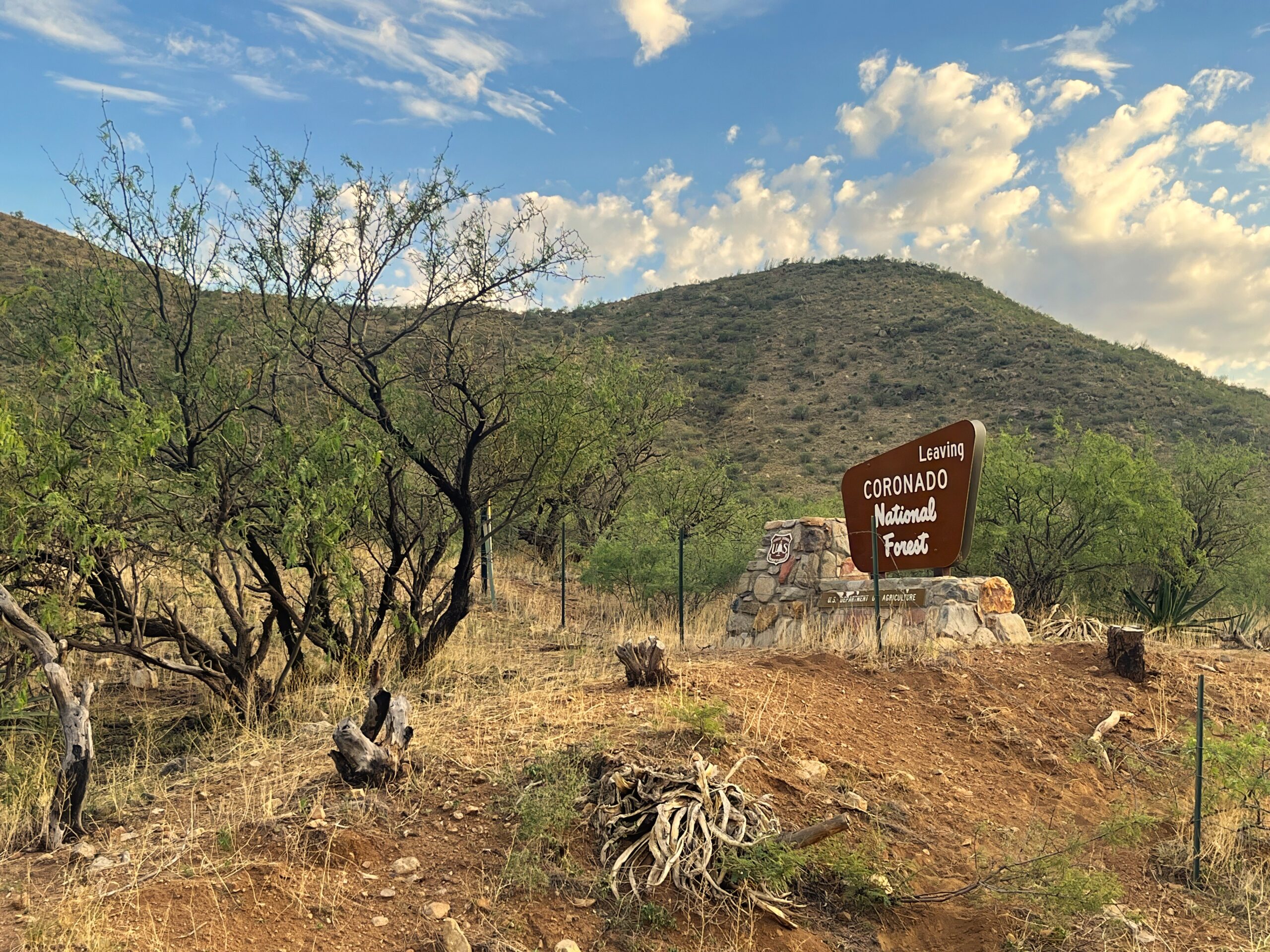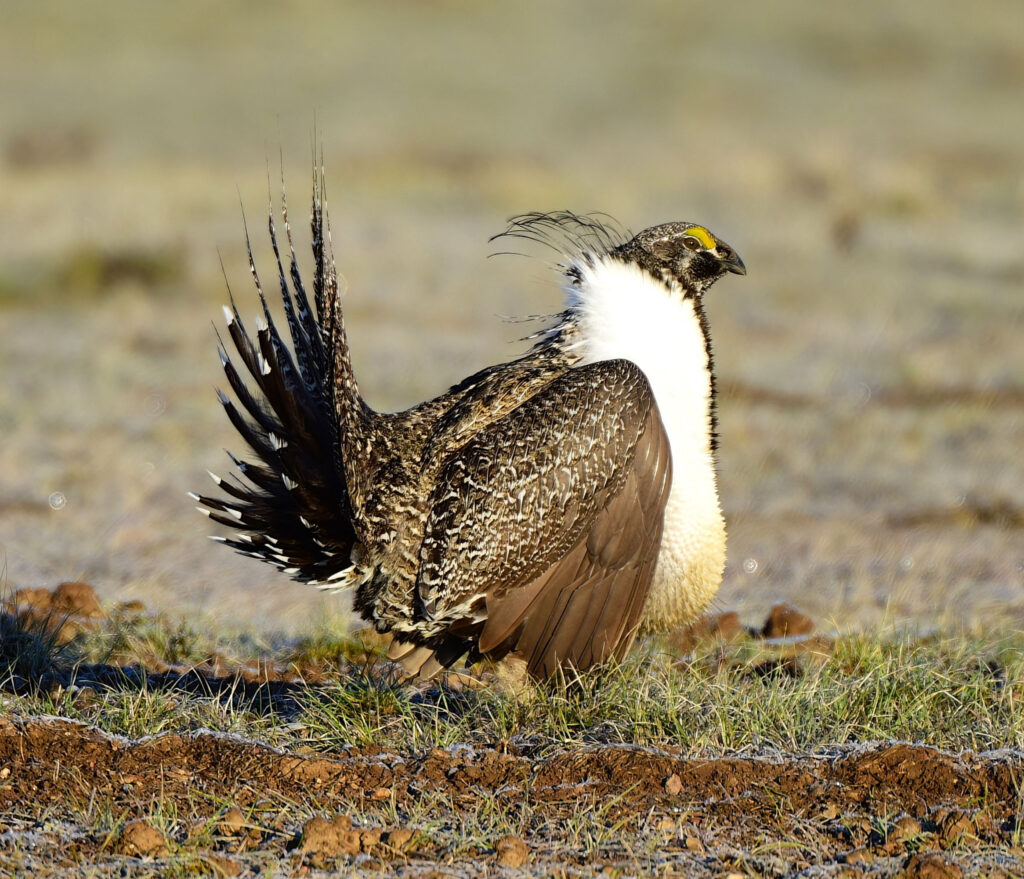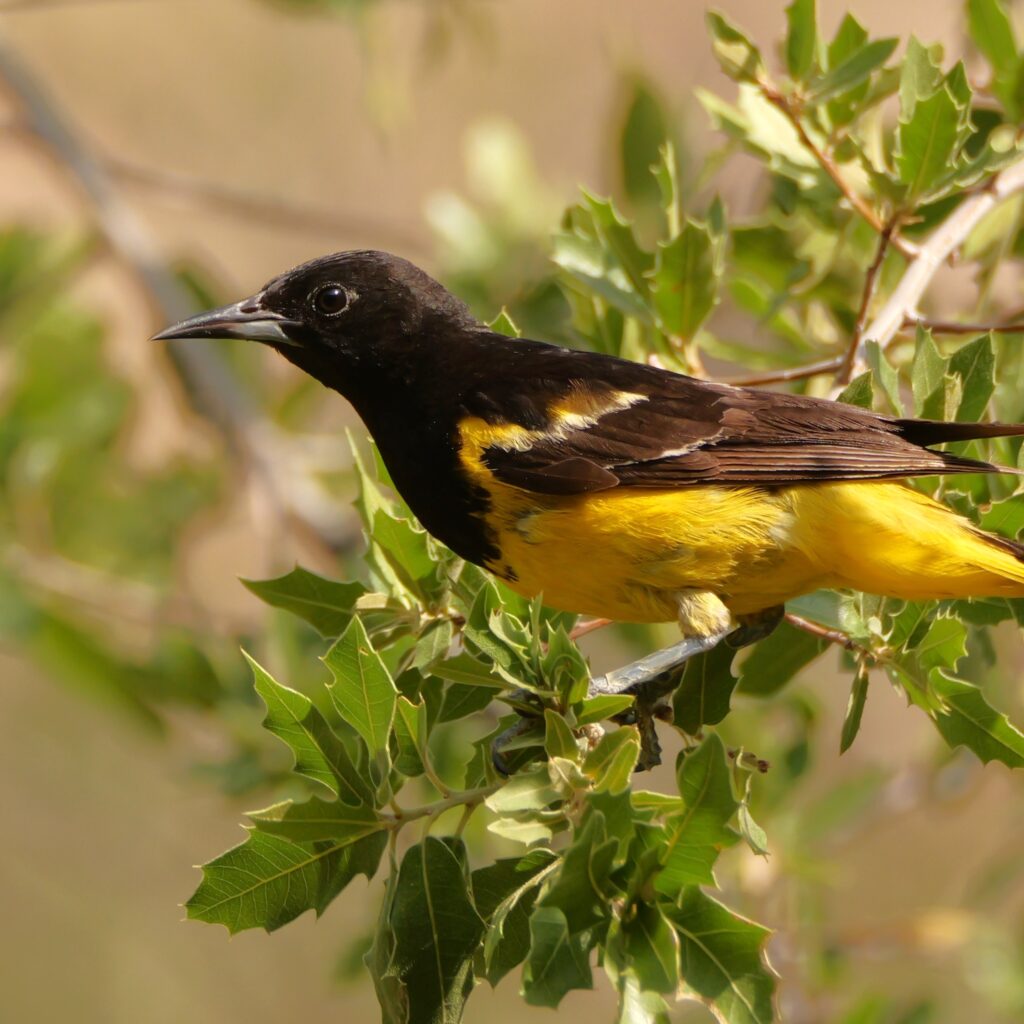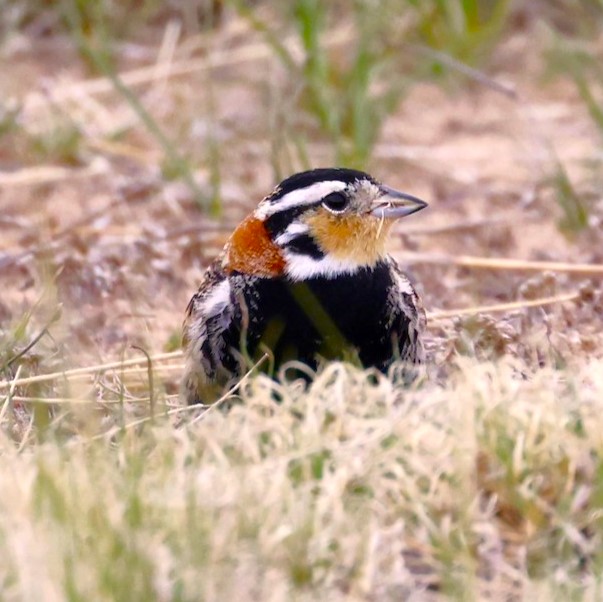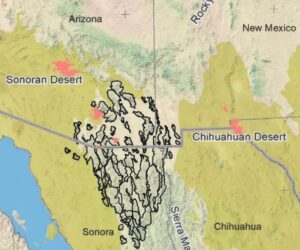
Sky Islands Arizona
Southeast Arizona’s ‘Sky Islands’ are famous for its many hummingbird species and other range restricted Mexican species. These Sky Islands are isolated mountain ranges rising from the surrounding desert, creating unique ecosystems and high biodiversity. These ‘islands’ are characterized by dramatic elevation changes, resulting in a variety of habitats, from desert to alpine forests, all within close proximity. This unique environment supports a wide array of plant and animal life, including species found nowhere else. This region acts as corridors connecting the temperate Rocky Mountains with the subtropical Sierra Madre of Mexico.
Join us for an amazing trip as we search for fourteen species of hummingbirds and many other range restricted species. See below for our target list. With the monsoon season starting, the desert comes alive with flowers which hummingbirds love. This is the best place to be in early August! Join us for this exciting trip and add hummingbirds and other range restricted species to your life list.

